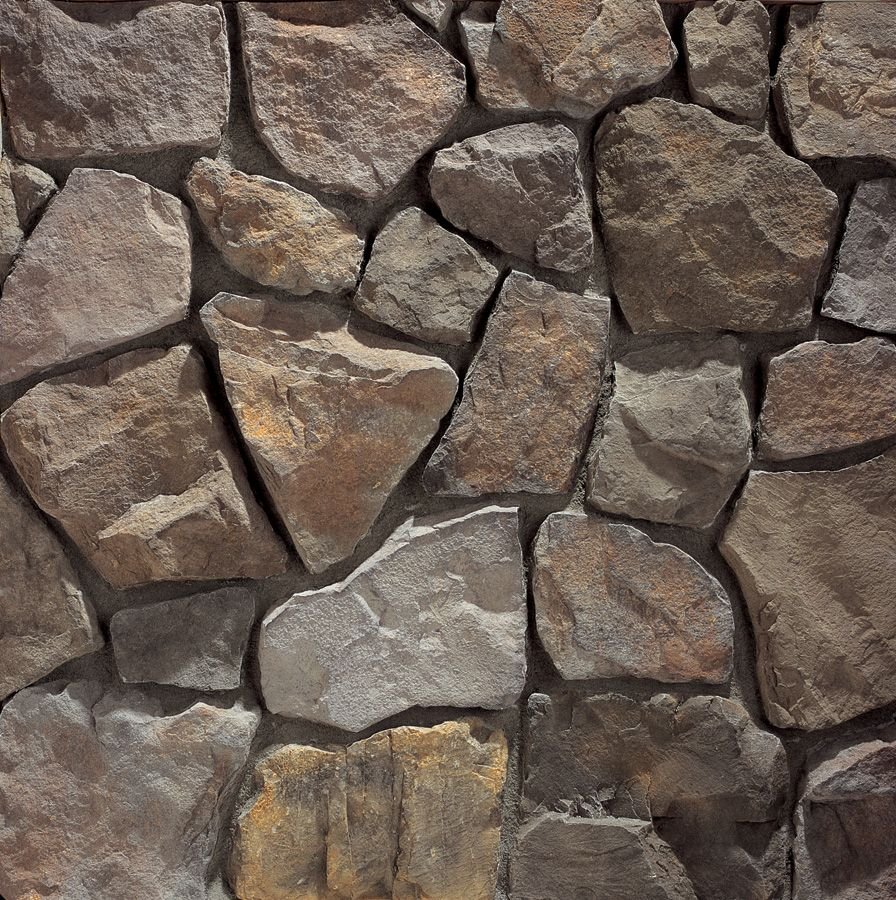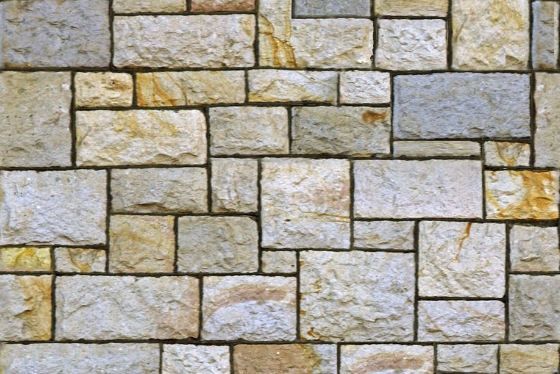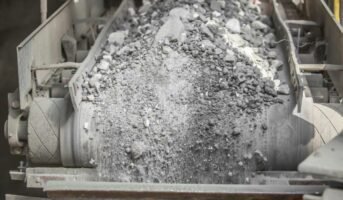Masonry is an inseparable part of any building construction. Rubble masonry is also known as rubble work which is quite a well-known process of construction. It is typically used for the construction of the wall. Rubble masonry is a kind of stone masonry that uses stone and mortar for construction.

Source: Pinterest
Rubble masonry: What is stone masonry?
Stone masonry is a technique for fixing stones. In this masonry technique, all stones are usually shaped according to the requirements of the front of the construction.
Stone masonry is relatively better for decorating the building’s front face, docks, dams, etc. This kind of masonry is good for adding strength to the construction.
Rubble masonry: What are the major components of stone masonry?
Stone masonry makes use of stone and mortar.
-
Stone
Stones used in masonry buildings must be solid, hard, and free of sand holes, cavities, and other flaws. The availability of the stone and the significance of the structure both influence the choice of stone for a certain project. Limestone, sandstone, granite, marble, laterite, and other common stones are used in masonry construction.
-
Mortar
The mortar serves as the masonry construction process’s binding substance. Sand, water, and cement or lime are the ingredients in masonry mortar. The mixture that is created is uniform. Here are the main points which are important for the types of mortar which will be used in the construction.
- Strength required
- Colour of the stone
- The loads coming on the structure

Source: Pinterest
Rubble masonry: What is it?
This form of stone masonry uses stones that have either been left in raw version or are only loosely dressed. These stone buildings don’t all have the same thickness. In this rubble masonry, the strength of the masonry is completely dependent on a few factors like
- Quality of mortar used
- Use of long through stones
- Type of filling of mortar between the stone spaces and joints
Rubble masonry: Classification of the rubble masonry
Rubble masonry can be classified into five categories which are mentioned below.
- Coursed rubble masonry
- Uncoursed rubble masonry
- Dry rubble masonry
- Polygonal masonry
- Flint masonry
-
Coursed rubble masonry
In coursed rubble masonry construction, the course rubble masonry height is universal or the same in every part. The stones thus employed come in a variety of sizes. All of the courses of this kind are not the same height. This kind is frequently used in the construction of public buildings, residential buildings, abutments, and the piers of standard bridges.

Source: Pinterest
-
Uncoursed rubble masonry
The least expensive and roughest type of stone masonry building is uncoursed rubble masonry. Stones of various sizes and shapes are used in these constructions. Undressed stone blocks are stones that are taken straight from the quarry. With this kind of construction, the courses are not routinely maintained. The bigger stones are placed foremost initially. Spalls or sneaks fill the spaces in between them. This type of masonry is further classified into two types: Random uncoursed rubble masonry and square uncoursed rubble masonry.

Source: Pinterest
-
Random uncoursed rubble masonry
In random uncoursed rubble masonry, a masonry hammer is used so that the weak corners and edges of the stone can be easily transferred. Also, all bigger stones are used to add strength to the masonry.
-
Square uncoursed rubble masonry
In this rubble masonry, the stones are usually square in shape. The front side of the masonry usually has a hammer-dressed finish. Quoins are larger in shape whereas chips are not used in bedding.
-
Dry rubble masonry
In this rubble masonry construction, the whole construction is done completely without the use of mortar. All small spaces are filled with smaller stone pieces. This whole process is engaged in pitching the man-made dams and the canal slopes to fill up the holes.

Source: Pinterest
-
Polygonal masonry
Here, the masonry stones are roughly shaped into irregular polygons. The stones are then placed in such a way as to avoid vertical seams in the facework. Break the joints as fast as possible. Using stone pieces to support stones.

Source: Pinterest
-
Flint masonry
In places where the flint is abundantly available, flint crushing is used. Silicates are irregularly shaped pieces of silica. They are very hard in nature but brittle. The thickness of the border varies from 8 to 15 cm. Their length varies from 15 to 30 cm.

Source: Pinterest
Rubble masonry: Benefits
- Rubble masonry helps to stay away from fire.
- Rubble masonry is good for protecting against insects or pests.
- Rubble masonry helps to get a good look at the building.
- With the help of rubble masonry, a comprehensive load can be distributed evenly.
- The rubble masonry has a greater lifetime.
FAQs
What is rubble masonry?
Rubble work or rubble masonry is the design or masonry work that engages undressed, rough stone. Usually, this masonry work is used on walls.
What are the major types of masonry walls?
Some major types of masonry walls are load bearing masonry walls, post-tensioned masonry walls, hollow masonry walls, composite masonry walls, etc.
| Got any questions or point of view on our article? We would love to hear from you.
Write to our Editor-in-Chief Jhumur Ghosh at jhumur.ghosh1@housing.com |
Housing News Desk is the news desk of leading online real estate portal, Housing.com. Housing News Desk focuses on a variety of topics such as real estate laws, taxes, current news, property trends, home loans, rentals, décor, green homes, home improvement, etc. The main objective of the news desk, is to cover the real estate sector from the perspective of providing information that is useful to the end-user.
Facebook: https://www.facebook.com/housing.com/
Twitter: https://twitter.com/Housing
Email: editor@housing.com











